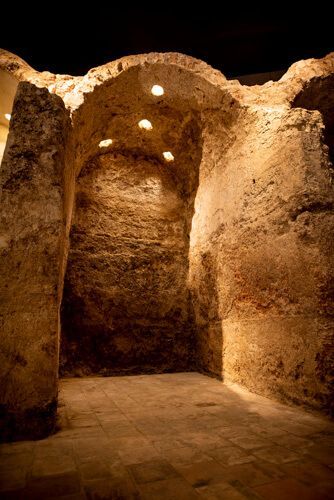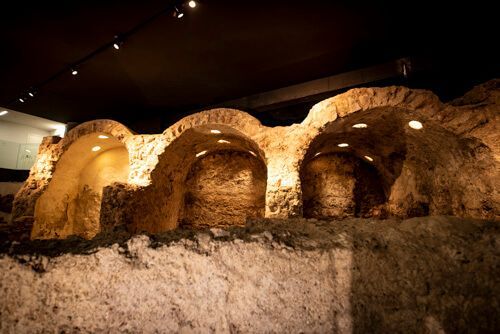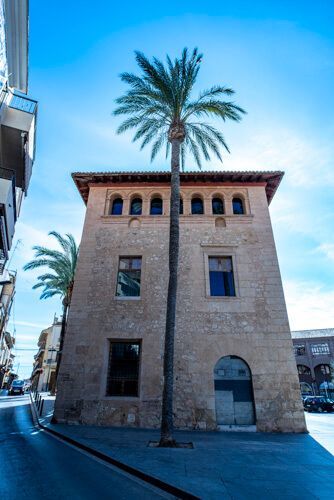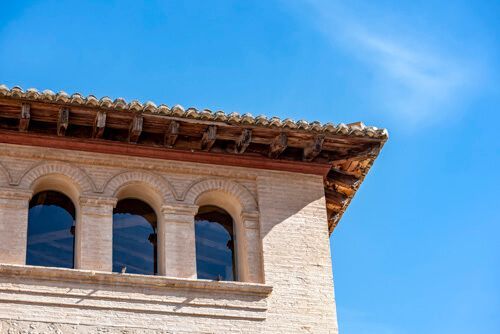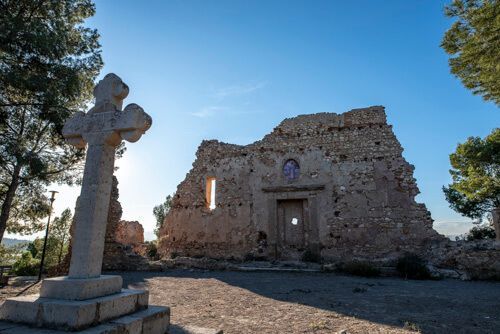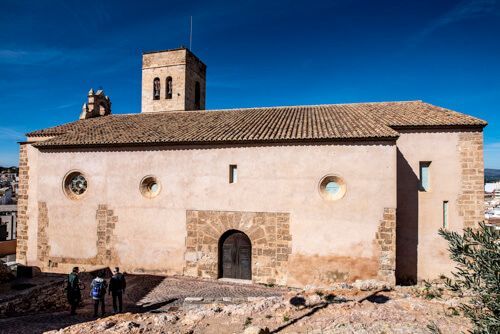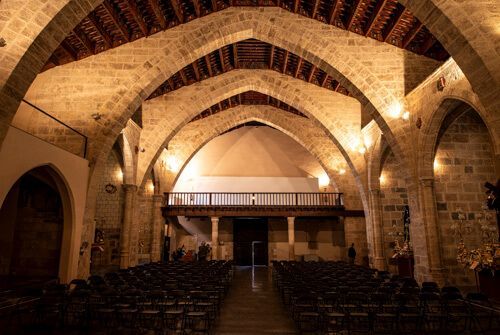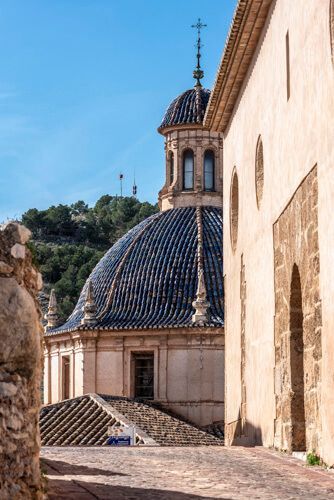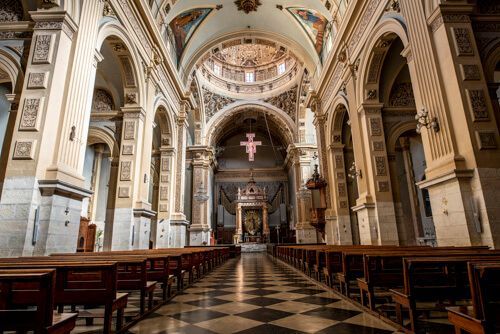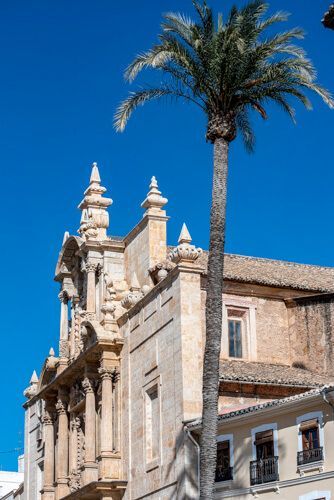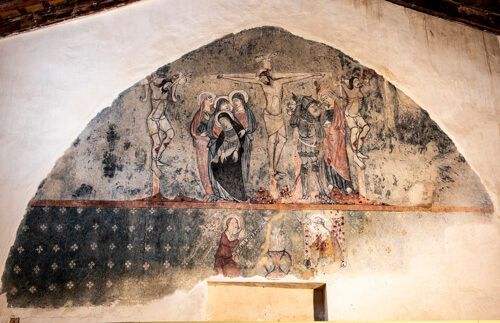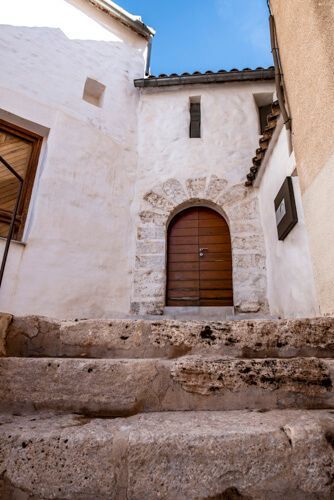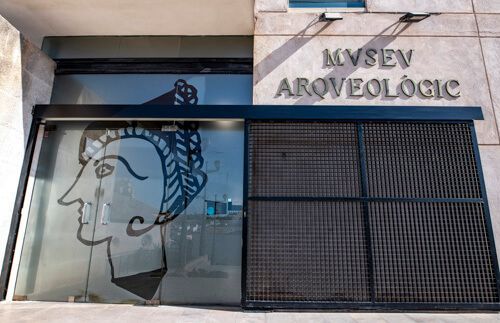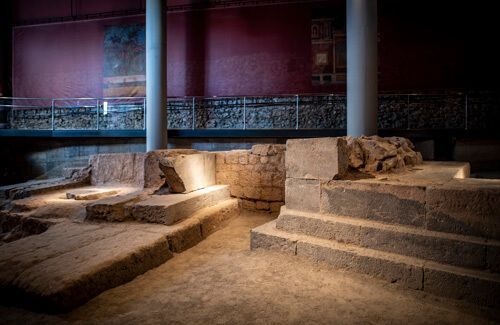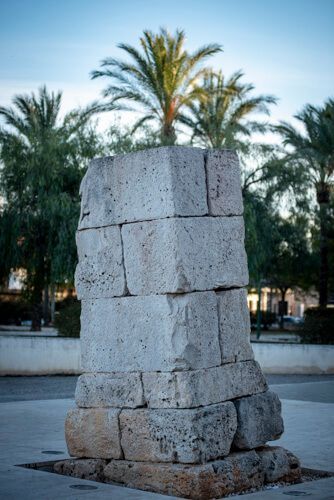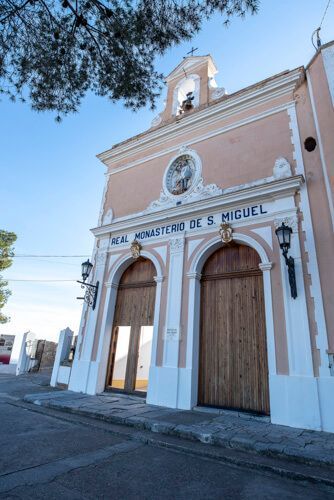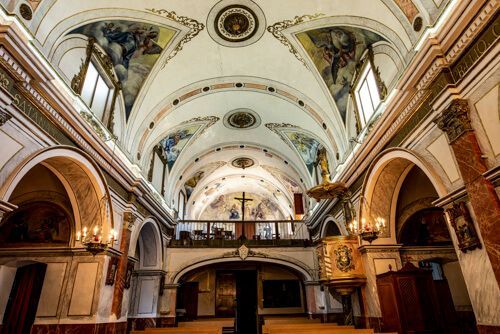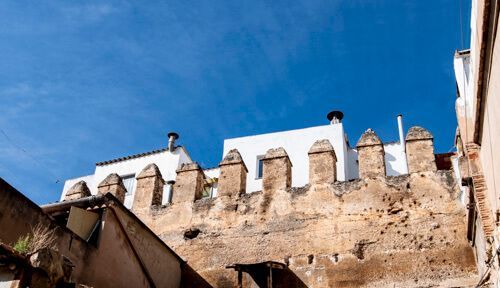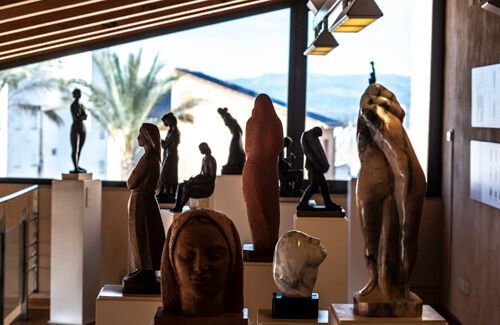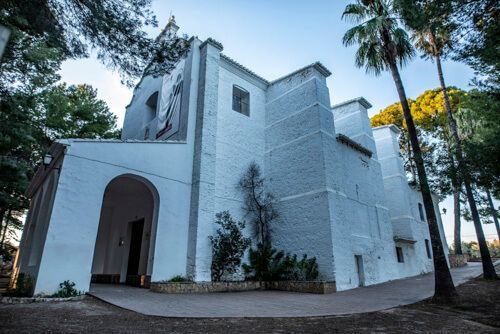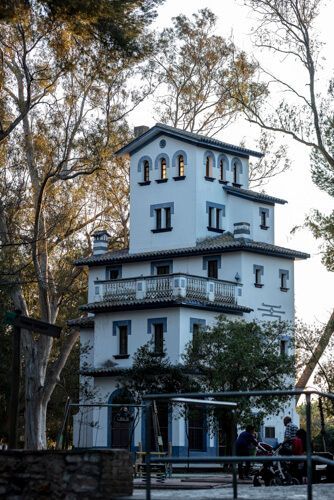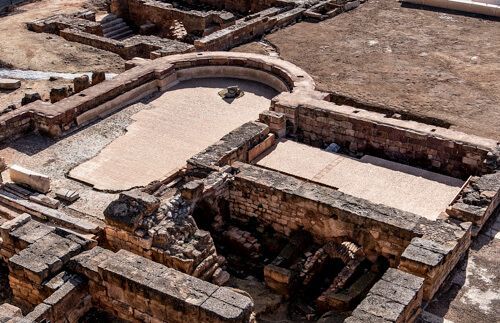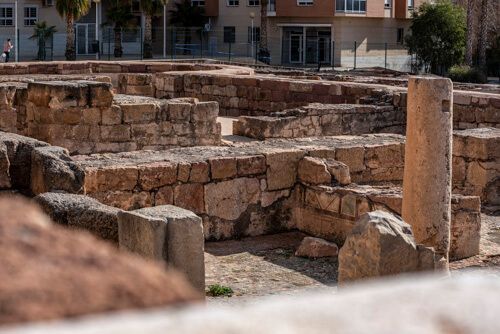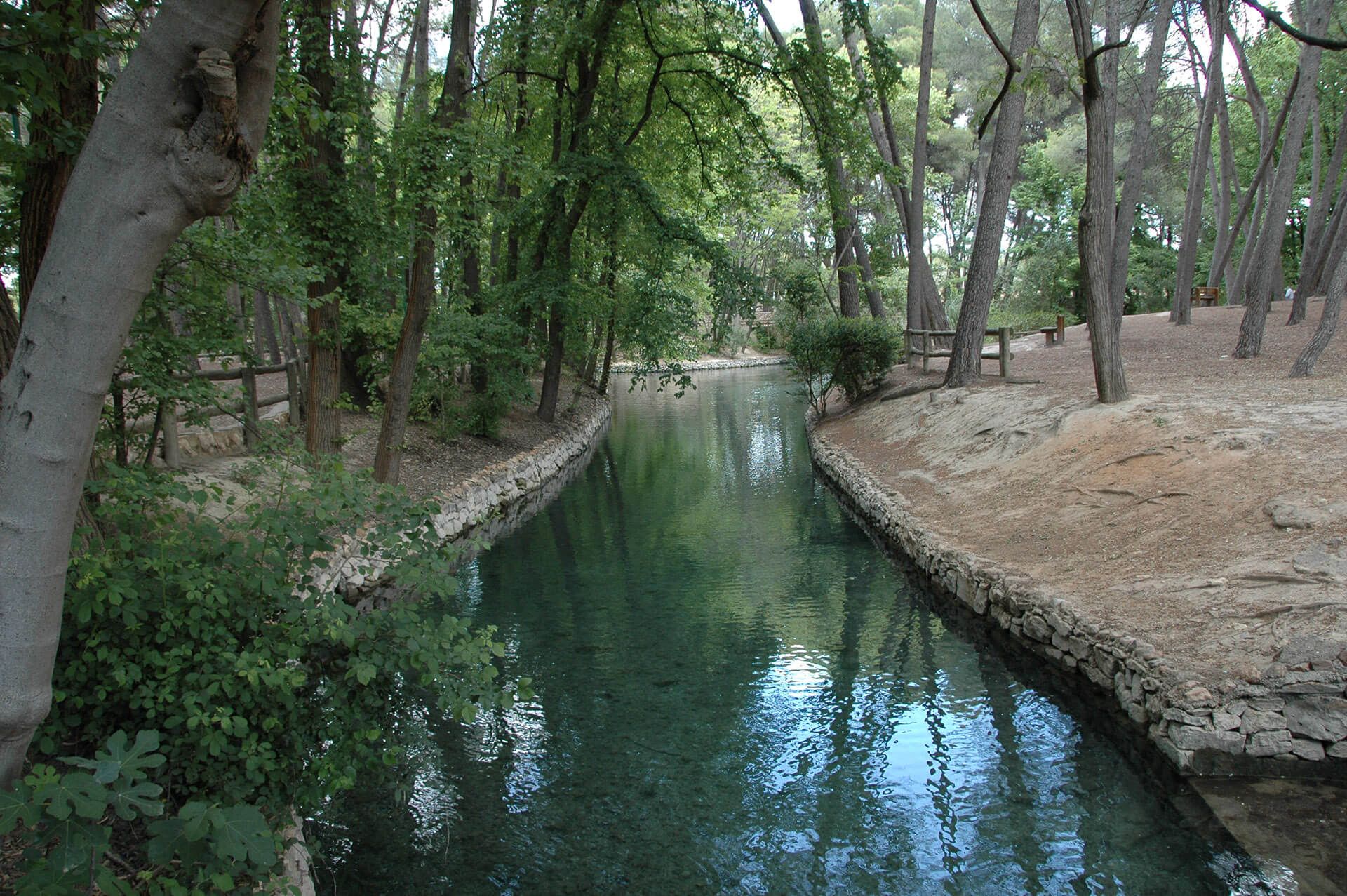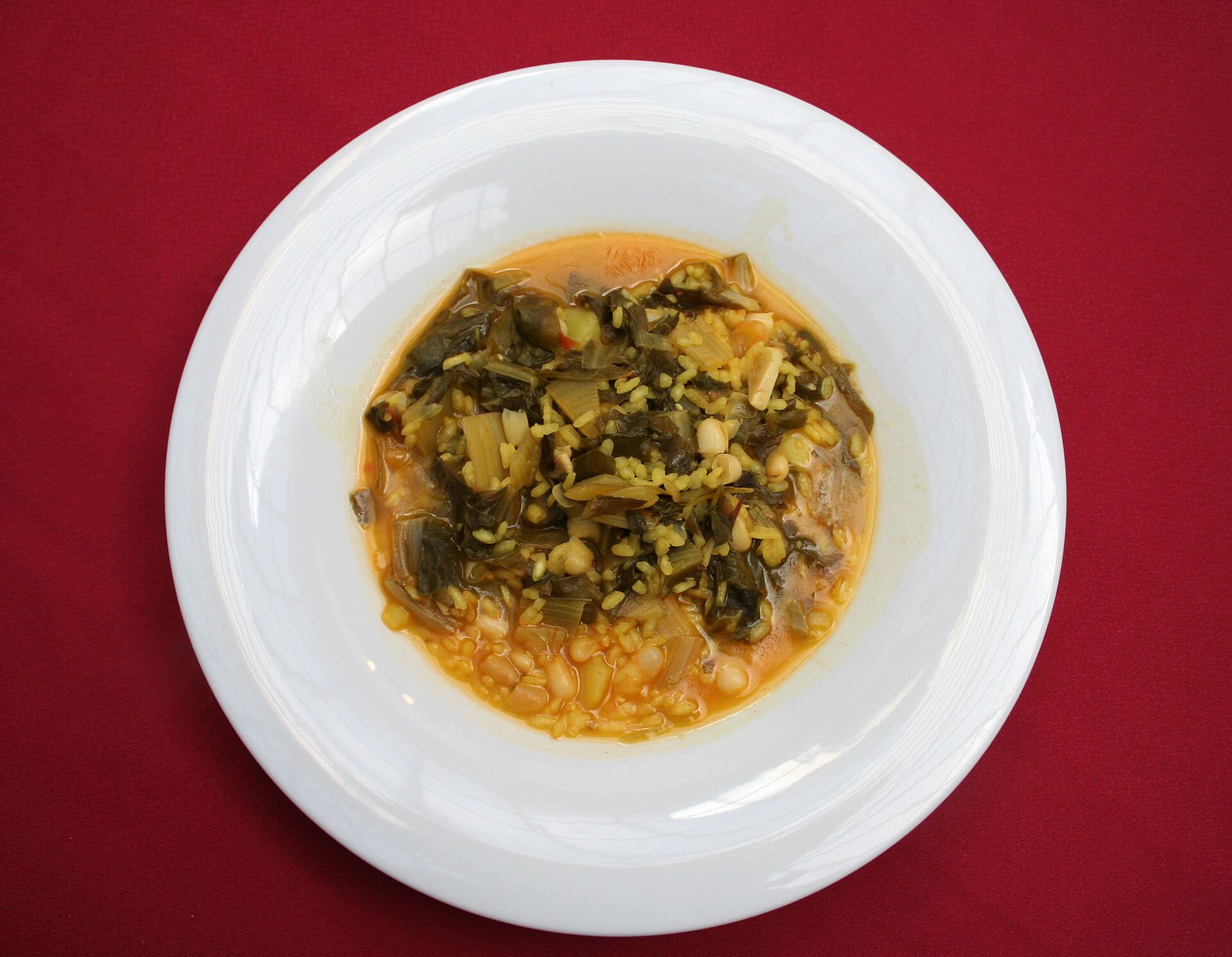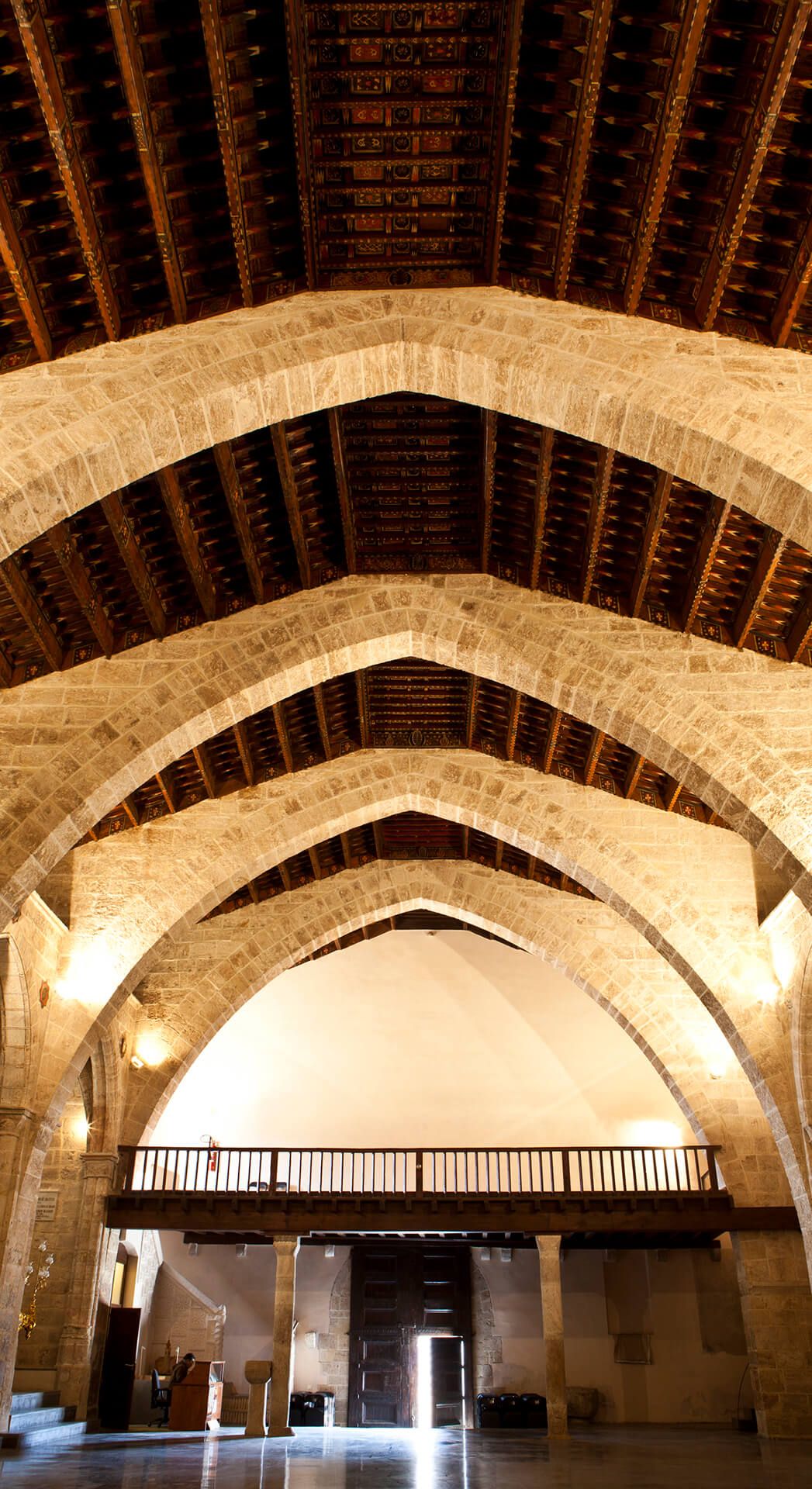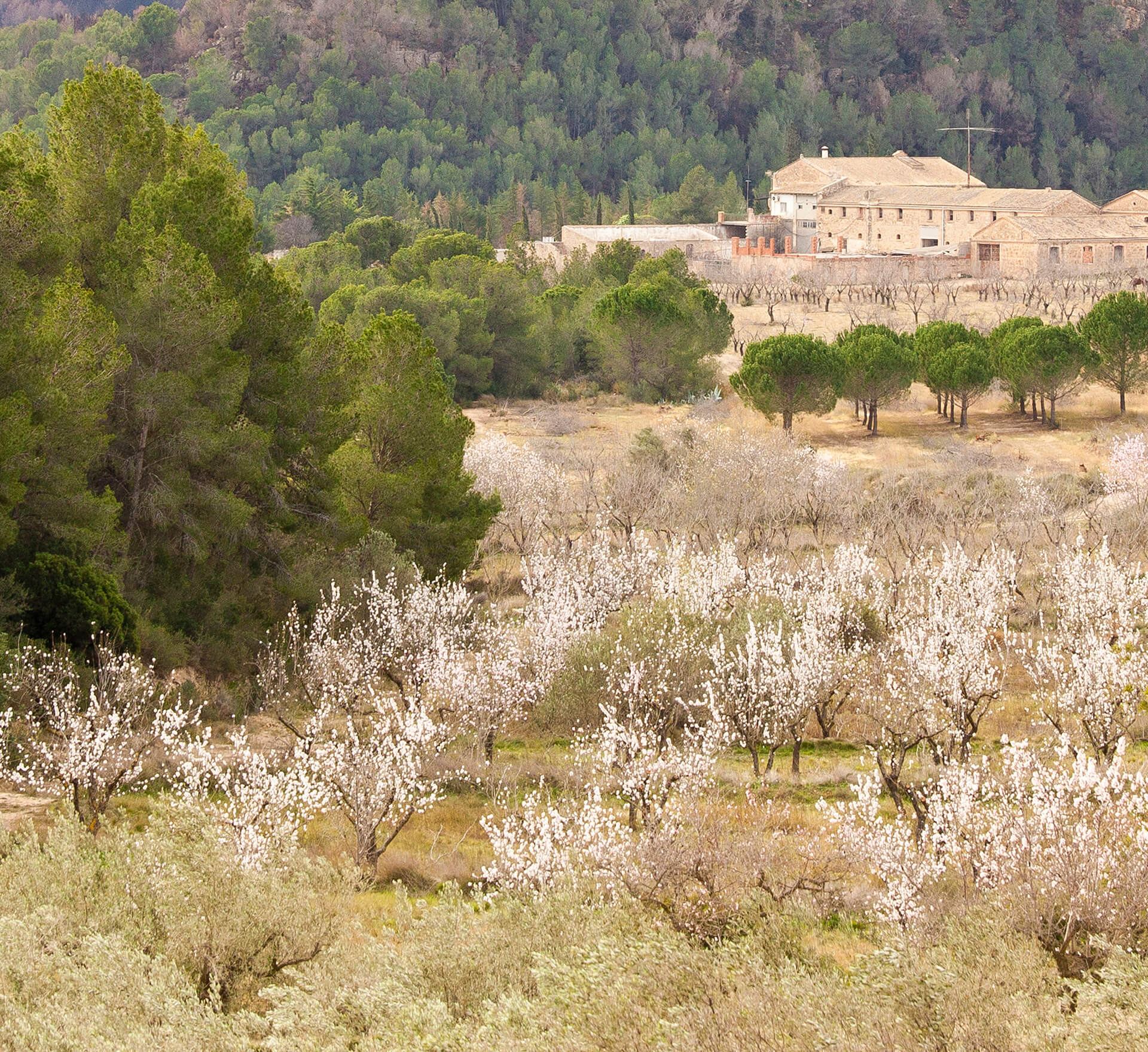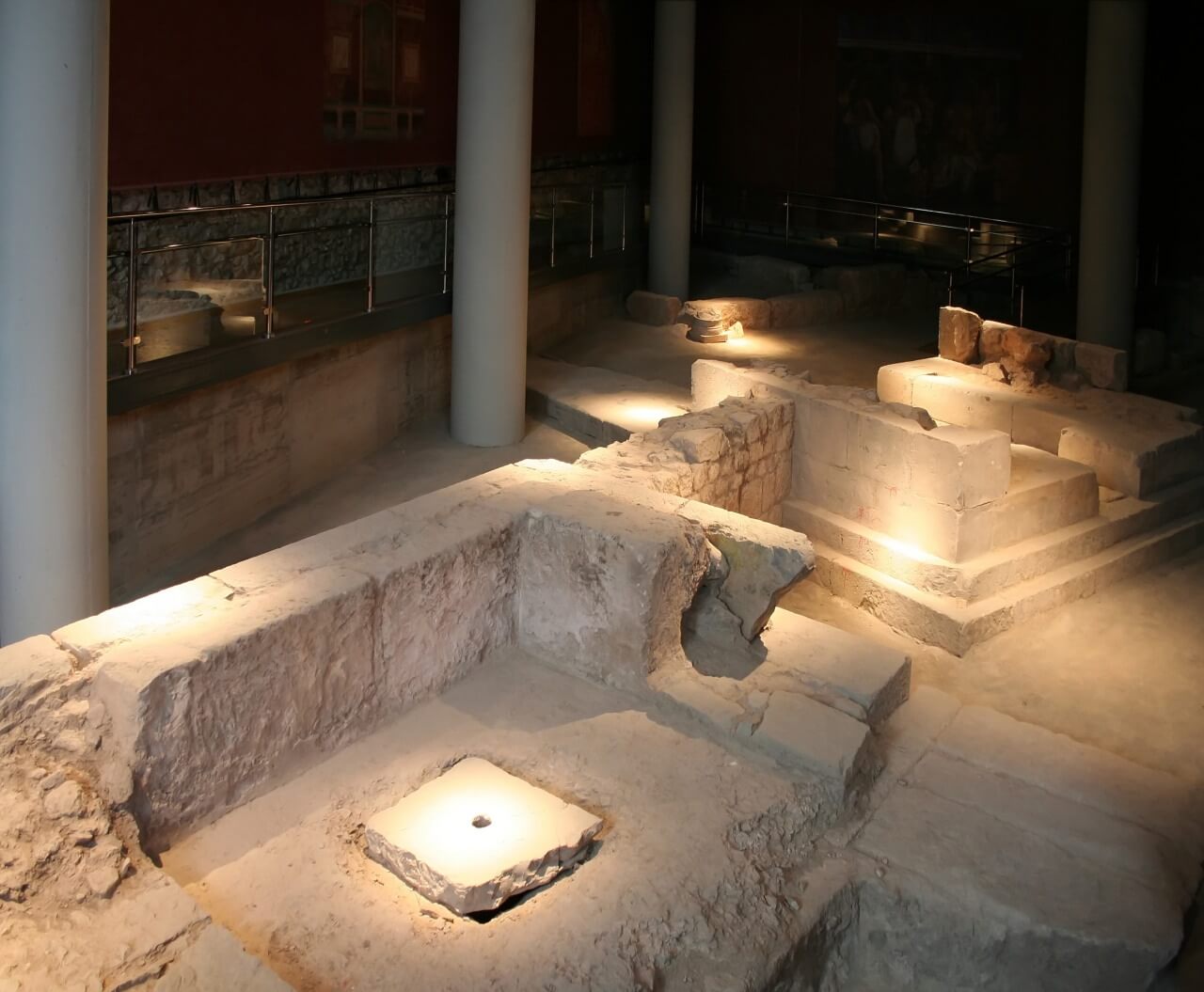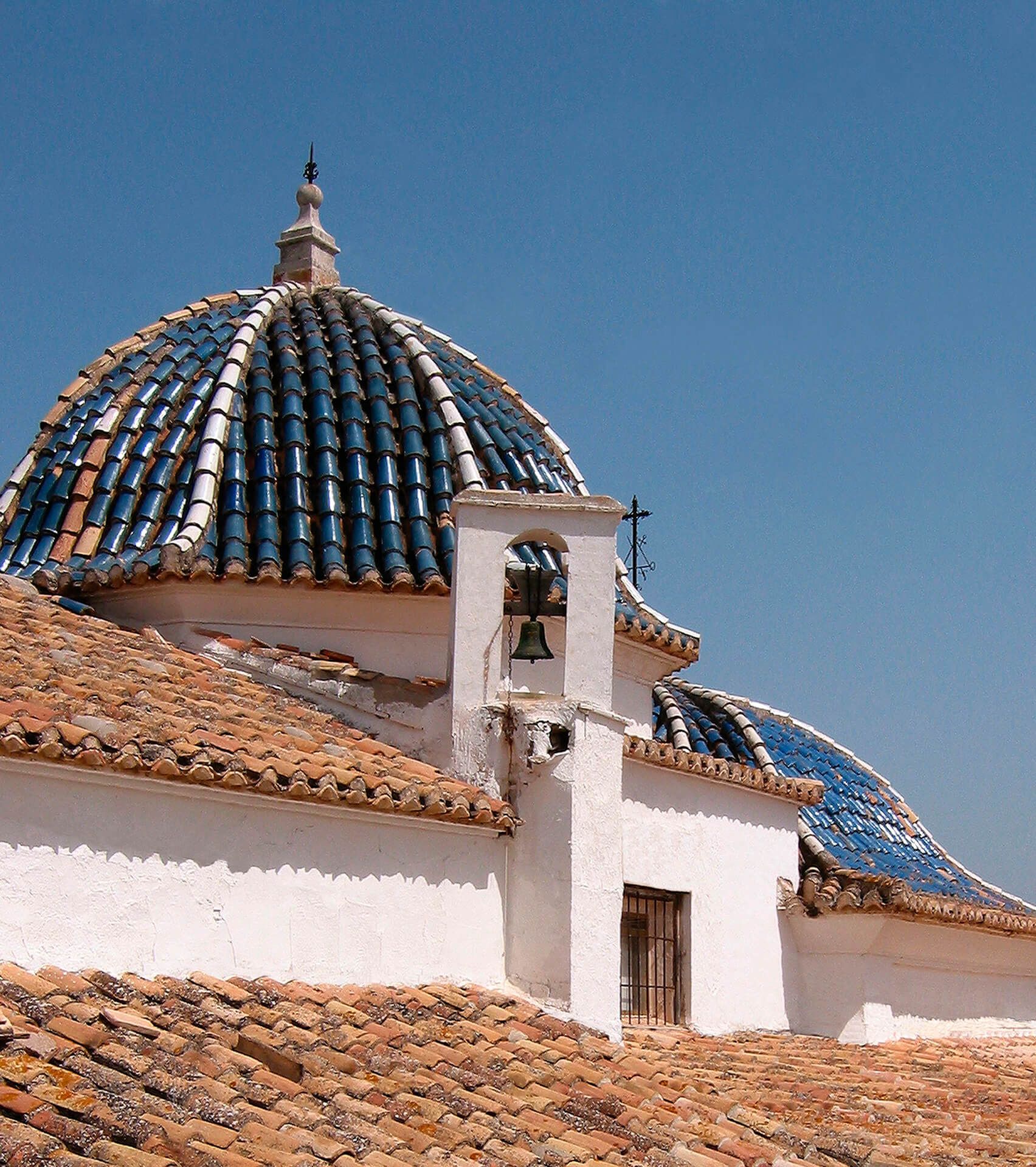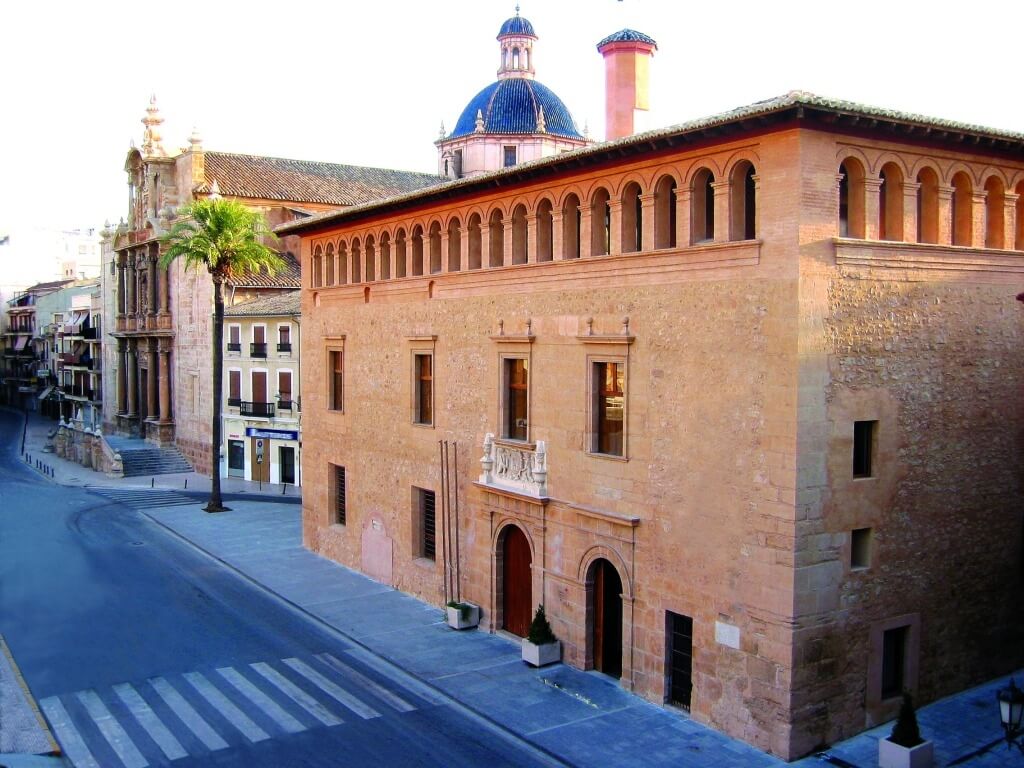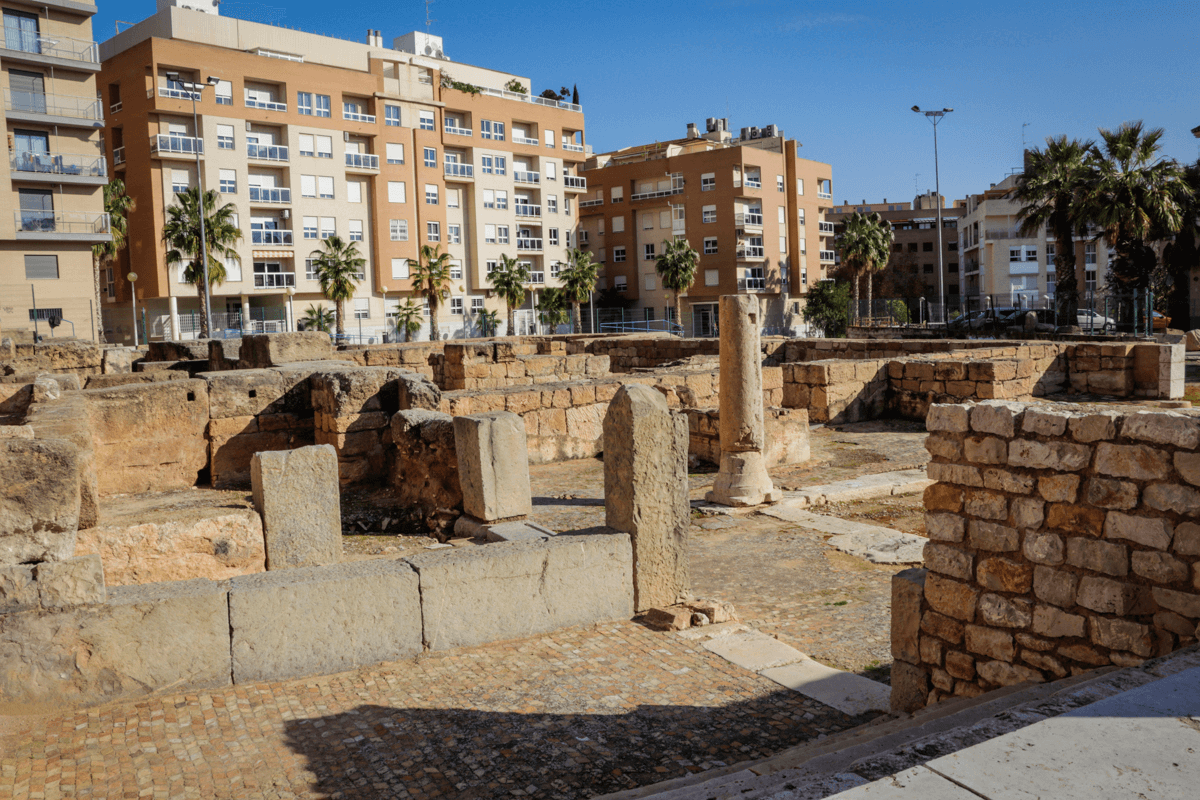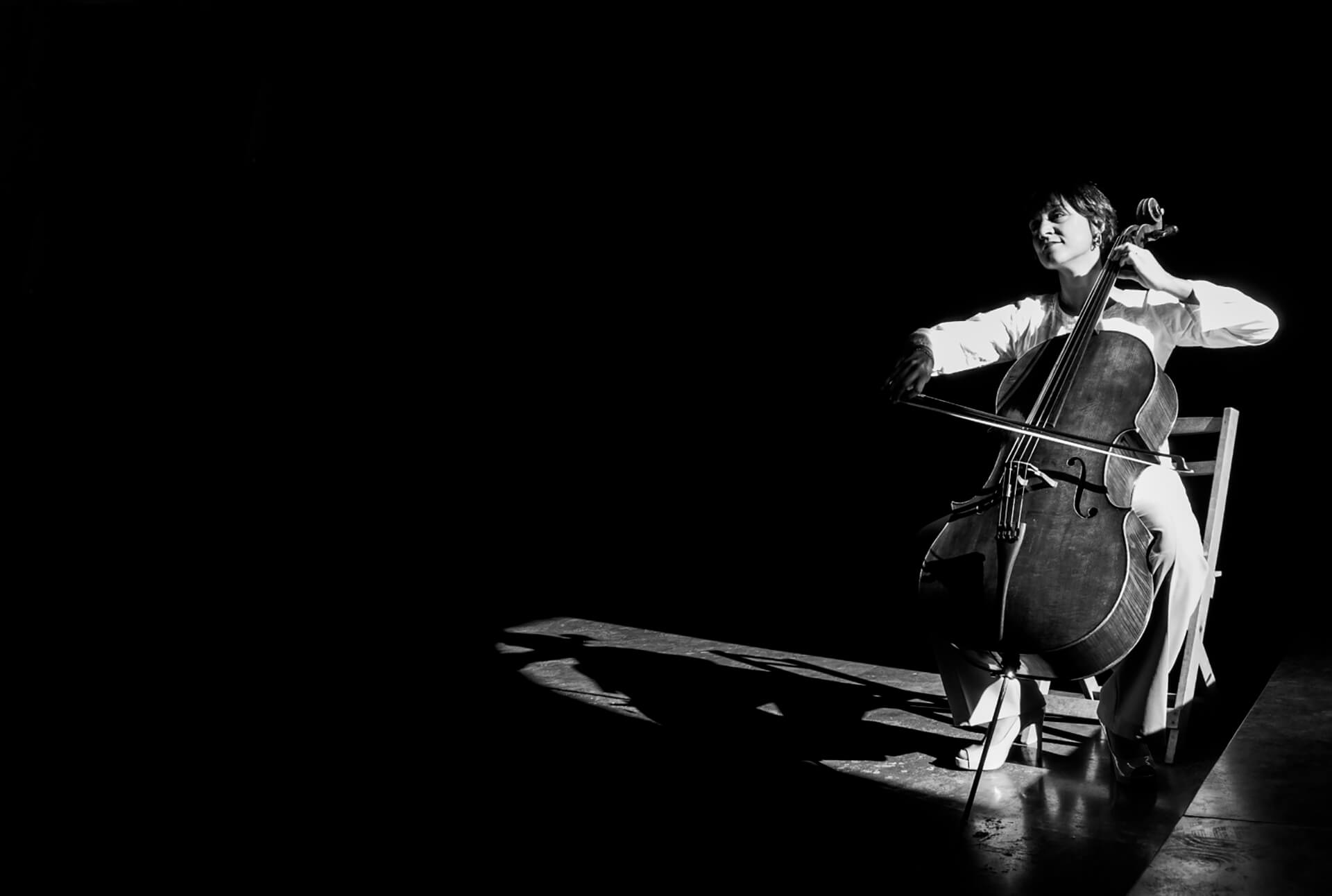Llíria
Llíria is located in the northwest of the province of Valencia, 25 km from Valencia. It is the capital of the Camp de Túria administrative region. Its municipality (229.82 km2) is one of the largest in the Valencia Region, with a contrasting landscape composed of the mountainous foothills of the Sierra Calderona range and an agricultural area lying on the left bank of the River Turia.
It offers an exceptional cultural heritage and, in addition to being a historical town, is steeped in musical tradition, being known as the “City of Music”. It has one of the most significant archaeological and monumental sites of all Valencia. These two characteristics make it a “Symphony of Cultures” for both the inhabitants of Llíria and for its visitors.
Gastronomy:
Llíria’s cuisine, naturally, maintains the characteristics of Valencian cuisine in general, with an abundance of rich, meat and vegetable dishes. There is a wide variety of rice dishes: baked rice, rice with chards (a gastronomic event aimed at professionals is held each year in order to promote this dish) and meat paella stand out as the most popular dishes. The local meat is obtained through hunting, whilst the quality of the local lamb and cured sausages is highly appreciated.
The vegetables, legumes, fruit and root crops consumed in the area are mainly obtained from the fertile agricultural land around Llíria. The main crops harvested around Llíria, and those which represent the area’s main economic activity, are citrus fruits, and especially oranges.
Llíria’s sweet dishes are exquisite. Many of its bakeries still employ traditional systems of production.
There are special cakes for each season: Christmas is the season for sweet potato cakes, “tortas finas”, marzipan confectionery and nougat; Spring is accompanied by biscuits and “besos de novia” made from egg white and almond; at Easter the typical “panquemaos” (brioche), “mona” cakes with hard-boiled eggs, walnut and raisin cakes, “primet de llimona”, “Onil cake” and cakes with bacon and sardines are prepared; in summer, when the days lengthen and the appetite awakens, tomato cakes, pepper and anchovy cakes and flan and egg yolk cakes are made. The typical sweets prepared for Saint Michael’s day are “congrets” (fritters), made with oil and anise.
Places of interest:
Llíria Archaeological Museum (MALL)
“Edeta” Iberian City
In Llíria we find the remains of what was once one of the most important Iberian cities.
Arabic baths
Oracular temple and Roman baths of Mura.
Roman mausoleums.
La Vila Vella. Medieval old town. Some 15th-century houses are conserved, with their characteristic portals with semi-circular arches and wide interior spaces, such as the Forn de la Vila and Ca the Vila Vella (now the Edeta Wildlife Museum).
Church of the Blood (18th-century). An excellent example of architecture dating from the Reconquest, with architectural elements dating from the transition from Romanesque to Gothic.
Church of the Good Shepherd (14th-century).
Church of the Assumption. A Baroque temple, with a carved stone façade.
Monastery of St. Michael.
Sant Vicente Ferrer Park and Spring.
Llíria-Montes de la Concorde Equestrian Route. IE-005 homologated equestrian route. This is a circular route, measuring 26.8 km, which passes through traditional agricultural land and Mediterranean forests.
Winery Route. PR-257. A short, homologated trail runs through the rural area of La Concordia. Distance 26.80 km. Duration: 6 h. 30’.
Cavalló de l’Olivera Trail. PR-258. A short, homologated trail runs through the rural area of La Concordia. Distance 18.25 km. Duration: 6 h.
Barranco de Gasque Trail. PR-259. Distance 22.25 km. Duration: 6 h.
“Los Hornilleros” Route. PRV-260. Distance 7.5k Duration: 2 h 20′.
Festivities:
Holy Week, which has been celebrated since the Middle Ages (15th-century). Events organized by the Cofraternities.
Saint Vincent Ferrer. The days around the first Monday after Easter. The most notable acts include the carrying of the statue of Saint Vincent Ferrer to the Hermitage, with a mass and lunch in the Sant Vicent park, and the blessing of the waters.
The Immaculate Conception is celebrated in late August, while Our Lady of Los Remedios is honoured in early September with fireworks, parades, bull-running, gigantes y cabezudos, etc.
Saint Michael festivities and fair. This is Llíria’s main festivity, the origins of which date from the 14th-century. Religious and leisure acts, including a fair.
The other festivities which make up Llírias’s calendar of festivals are:
Saint Anthony, with the blessing of animals on 17th January.
Fallas – from 15th to 19th March.
Saint Michael of May
Taurine Culture Week.
